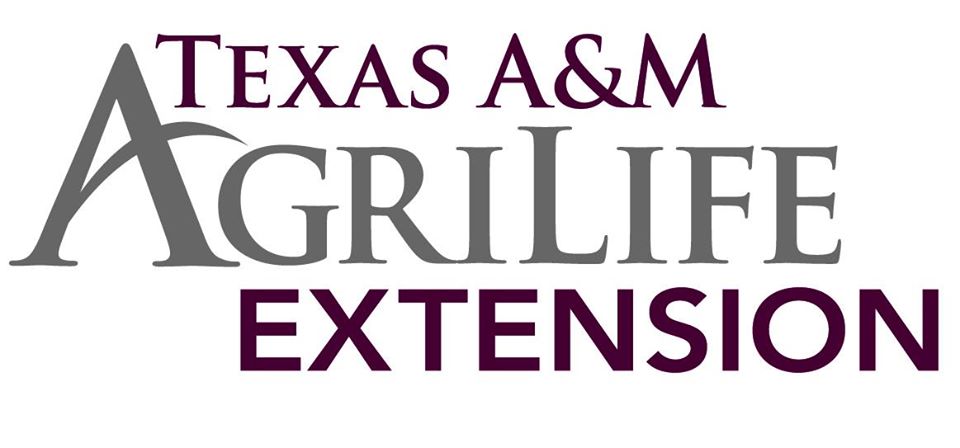
Strategies To Help Mitigate Effects Of Drought Events

By Dr. Mario A. Villarino, Texas AgriLife Extension Agent for Agriculture and Natural Resources, Hopkins County, [email protected]
Knowing how to cope with unexpected reality is always hard. This is what by definition is a stressful situation. We all know it: is hot and is dry out there! According to Texas A&M AgriLife Extension, even when the production system is irrigated, drought will always be part of the risk associated with forage production, and by extension, livestock production.
One immediate, and dramatic, strategy that can mitigate the negative effects of future drought events is to adjust the stocking rate of the cow herd to 75% of what could be maintained based on long-term precipitation and forage production records. This stocking rate should be based on several years’ observations of the quantity of forage produced under typical management strategies.
There are many ways to arrive at this figure, but working backwards from full stocking is the easiest strategy. Also, do not forget how cow size has changed over the years. If your ranch ran 100 cows 25 years ago, and the average cow size was 900 to 1,000 pounds, and your current average cow size is 1,250 to 1,300 pounds, then you are going to have to cut more than 25 cows to arrive at a 75% stocking rate. When stocked at 75%, livestock producers will usually not be overstocked during most drought years. This prevents having to purchase feed in an attempt to “feed your way out of a drought.” The 75% stocking rate will also reduce the need to sell cows at a time when many others are being sold.
During years of good forage production, stocker calves may be used as flex grazers to utilize excess forage. Calves may come from the producer’s own herd or may be purchased or grazed on a gain or per head per day basis. Excess forage in good years may also be harvested and sold as hay, or sold to local hay producers wishing to harvest more acres.
Forages should never be grazed “to the roots” under any circumstance; removal of most or all green leaves deprives the plant of the ability to convert sunlight into carbohydrates (energy) vital to plant growth. Decreased carbohydrate production results in decreased root production, thus reducing the plant’s ability to obtain necessary water and nutrients from the soil. The relationship between leaves and roots is critical at all times, but especially during drought. Besides allowing the plant to carry out optimum photosynthetic activity, adequate green leaf residue also reduces soil moisture evaporation and allows for better infiltration of precipitation that is received. Pastures where there is little or no forage residue have low infiltration rates of precipitation and much of the moisture received will run off. For bermudagrass, a target residue height should probably be no less than 4 inches, other species will be different depending on their growth habit. Some of the tall grasses should not be grazed shorter than 8inches to 10 inches.
If you do not make your own hay, drought management hay should be purchase in non-drought years and properly stored. Properly stored hay will retain its nutritive value for years. Buying hay in drought years is a losing proposition. Typically, the price of hay is high and often you are forced to buy what you can get, and it can be low in nutritive value. To stretch limited hay supplies, use corn or other plant by-products as substitutes for hay. Forage, however, should generally comprise 50% of the diet. One pound of corn will replace about 2.25 pounds of hay or use 450 pounds of corn to substitute for a 1,000-pound round bale of hay. Be aware, however, that attempting to “feed your way out of a drought” can be very expensive. Don’t be afraid to sell the cattle!
Fertilizer is never inexpensive, and all fertilizer nutrients have increased in cost dramatically. Thus, the first inclination of livestock producers is to not fertilizer during drought. This is seldom a wise strategy. Maintaining the proper soil nutrient status helps forages tolerate and survive drought. While nitrogen is generally the most limiting factor to plant production behind moisture, phosphorus and potassium are critical for root development, water use relations, and overall plant vigor. Thus, a well-balanced fertility program can help plants survive drought better than plants that are nutrient stressed and recover more rapidly after the drought has ended.
If fertilizer has already been applied, but there has been no significant precipitation, the fertilizer is still in the upper soil profile. With the exception of urea as a nitrogen source, which is subject to volatilization loss as ammonia gas to the atmosphere under certain conditions, the fertilizer investment in the pasture program will not have been wasted. When precipitation does occur, the plant will re-initiate growth and plant uptake of the fertilizer nutrients will take place. If fertilizer has not been applied, the tendency of many producers is to take a “wait and see” attitude regarding a break in the prevailing dry weather pattern. This strategy reduces financial risk but may result in missing the first good precipitation event.
Pay attention to weather forecasts and if it appears that the pattern may change and offer a higher potential for precipitation, make every attempt to get the fertilizer in the field before that first rain. The following key points should be remembered regarding preparation for the next, and inevitable, drought event. Realize that drought will always be part of the risk associated with forage and livestock production; no one is immune. For commercial livestock producers, attempting to feed their way out of a drought is usually not economically viable and careful consideration should be given as to whether or not this strategy should be attempted. The cow herd should be stocked for 75% of what the forage resource can produce based on long- term records. Well-fertilized forages tolerate drought and recover from drought better than poorly fertilized forages. It is generally better to have fertilizer in the field waiting on a precipitation event, than to withhold fertilizer until “times get better.” Do not be afraid to sell cows. Cull deeply before the drought becomes too severe. Drink plenty of liquids and remember to take “breaks” inside under air conditioning often. Take care of yourself.
For more information on this or any other agricultural topic please contact the Hopkins County Extension Office at 903-885-3443 or email me at [email protected].





